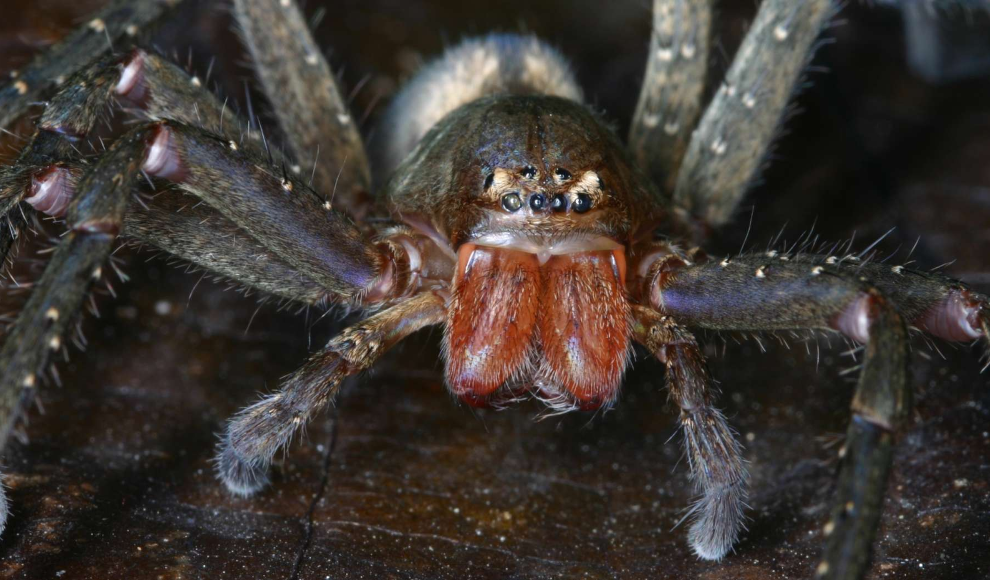Researchers have discovered 99 new species of Pseudopoda spiders, also known as giant crab spiders, in South, East, and Southeast Asia. The World Spider Catalog reports that there are over 50,000 known spider species, including seven species of Pseudopoda giant crab spiders discovered by Dr. Peter Jäger in 2000. Now, a team led by Jäger from the Senckenberg Research Institute and Natural History Museum in Frankfurt has identified 99 new species of giant crab spiders in South, East, and Southeast Asia. The new species were found in Bhutan, China, India, Laos, Myanmar, Nepal, Thailand, and Vietnam. The researchers were able to describe the new species based on their external differences and genetic analyses.
Jäger discovered the Pseudopoda giant crab spider genus in 2000 when there were fewer than 900 species of the Sparassidae family, to which they belong, known worldwide. Today, there are over 1,300 species of this family, and some genera, such as Pseudopoda, have been found to have a disproportionately high diversity. The 99 new species discovered make Pseudopoda the largest group of giant crab spiders and the twelfth largest spider genus overall. However, the small habitats of these spiders make them vulnerable to environmental changes.
Jäger emphasizes the importance of protecting these species and their habitats to maintain complex ecosystems. He notes that most Pseudopoda species have very small ranges and require forests with a leaf litter layer, and they cannot be carried by the wind like some other spider species. The spiders were found at both coastal and high-altitude locations, with some species found at elevations over 3,800 meters. The study highlights the need for continued efforts to describe and protect biodiversity.










